Stay Ahead of the Curve
Latest AI news, expert analysis, bold opinions, and key trends — delivered to your inbox.
Octave by Hume AI: A New Development in Text-to-Speech Technology
4 min read Hume AI's Octave is a new AI model for text-to-speech, claiming to be the first LLM built for voice generation. It understands context, adjusts tone/emotion, and outperformed competitors in blind tests. Affordable & expressive, but real-world use will tell if it’s a game-changer. February 27, 2025 16:24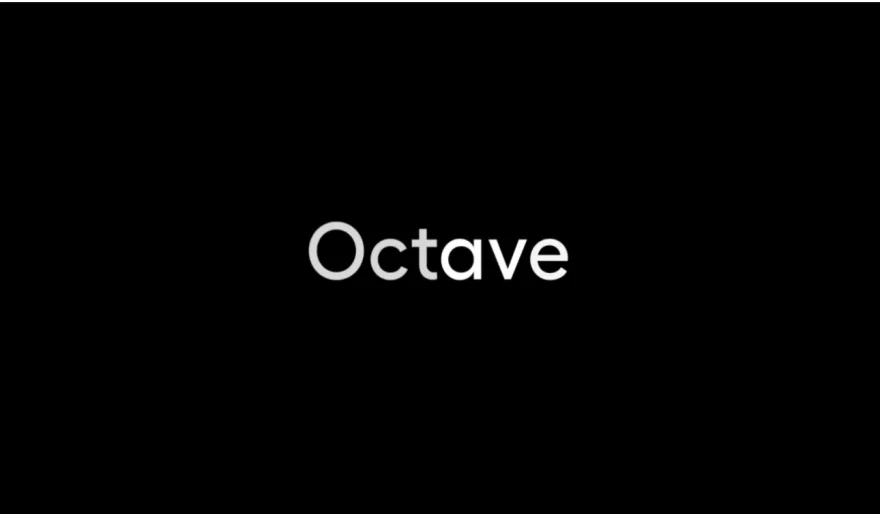
Hume AI recently launched Octave, described as the first large language model (LLM) built specifically for text-to-speech. Announced on February 26, 2025, Octave is designed to understand textual context and adjust vocal tone and emotion, distinguishing it from traditional text-to-speech (TTS) systems.
Contextual Awareness and Features
One of Octave’s defining attributes is its ability to interpret character traits and styles from scripts, dynamically adjusting vocal inflections. This includes delivering lines with sarcasm, urgency, or other implied emotions. Users can also modify speech delivery using prompts, allowing for expressive customization such as whispering or shouting.
Additionally, the model enables custom voice creation, allowing users to generate unique AI voices based on descriptions like a "grizzled cowboy with a Texan drawl" or a "retired Black female literature professor." It also supports long-form content production, making it potentially useful for audiobooks, dubbing, and other media applications.
Comparative Performance and Reception
Early comparisons indicate that Octave performed well in blind studies against ElevenLabs Voice Design, with notable advantages in audio quality and matching desired voice descriptions. According to data shared by Hume AI, Octave received:
- 71.6% preference for audio quality
- 51.7% preference for naturalness
- 57.7% preference for matching voice descriptions
However, while these metrics suggest a positive reception, real-world performance across diverse use cases remains to be fully assessed.
Availability and Accessibility
Octave is currently available through Hume AI's platforms, including its Creator Studio and API. The company has also provided documentation and tutorials, indicating accessibility for developers.
A key aspect of Octave’s launch is cost positioning. Reports suggest that it is more affordable than some competitors, including ElevenLabs, potentially making it a viable option for smaller developers and content creators.
Industry Implications and Considerations
The introduction of an LLM-based TTS model could signal a shift in how AI-generated speech is utilized across industries. Potential applications include:
- Virtual assistants and customer service chatbots
- Audiobooks and media production
- Gaming and entertainment
- Accessibility tools for visually impaired users
That said, while Octave’s features emphasize contextual awareness and emotional intelligence, claims of being the first LLM for text-to-speech may invite debate, as other AI models—such as OpenAI’s Voice Engine and ElevenLabs’ TTS systems—have demonstrated advanced capabilities in this area.
Looking Ahead
As adoption increases, further real-world testing and user feedback will help clarify Octave’s strengths and limitations. While early reception appears promising, aspects such as prompt precision, performance on lower-powered devices, and real-time scalability remain areas to watch.
In summary, Octave represents a notable development in AI-driven speech synthesis, with a focus on emotional expressiveness and affordability. Whether it redefines the industry standard or simply expands user options will depend on how well it performs in broader applications.
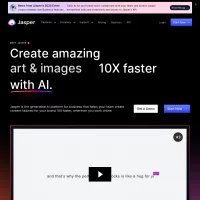

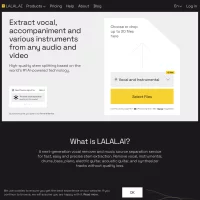

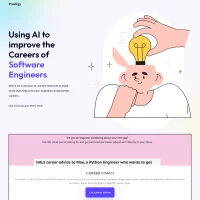




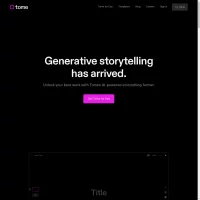



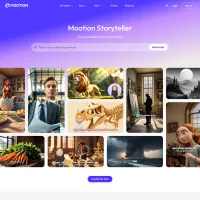





 AI Agents
AI Agents